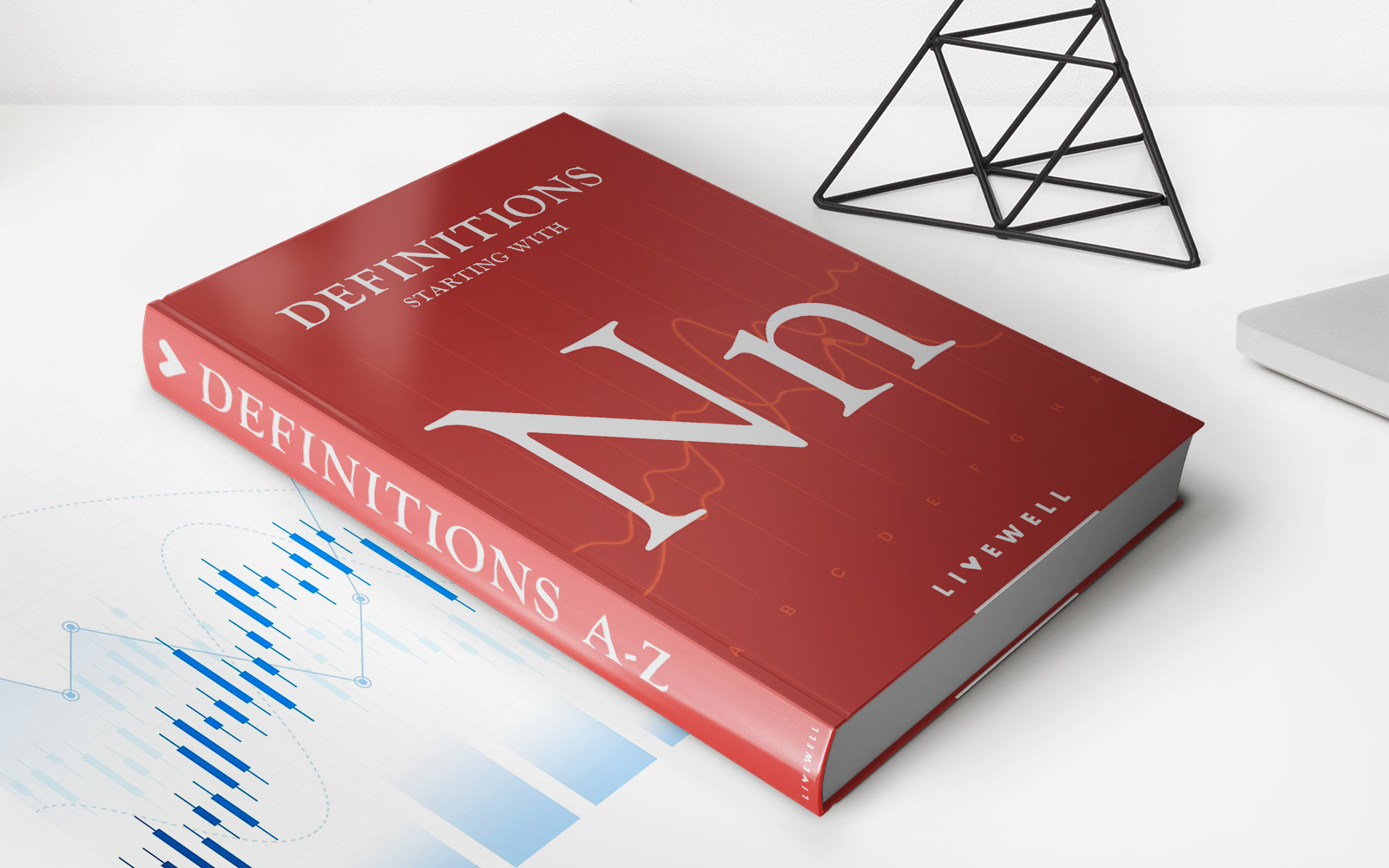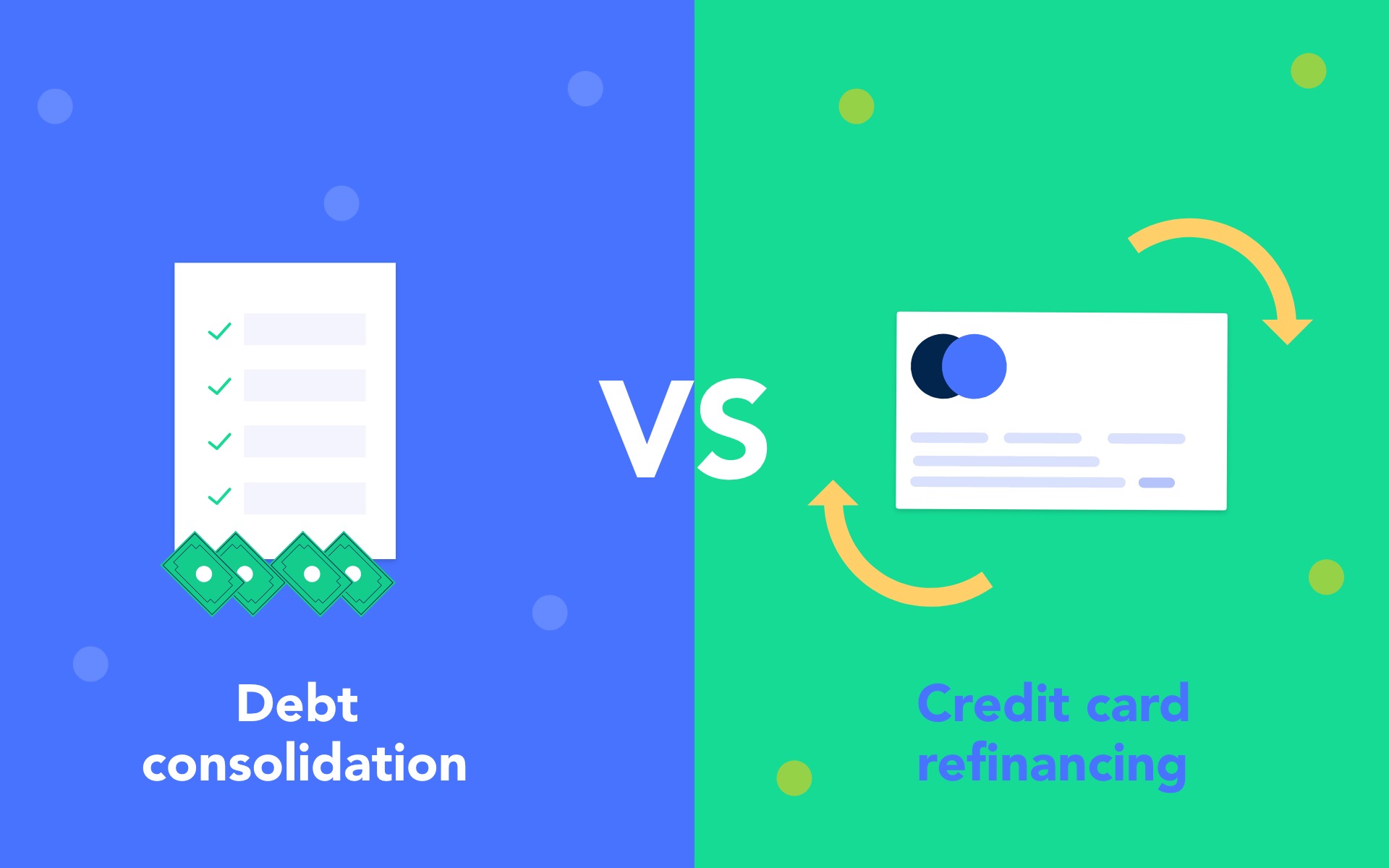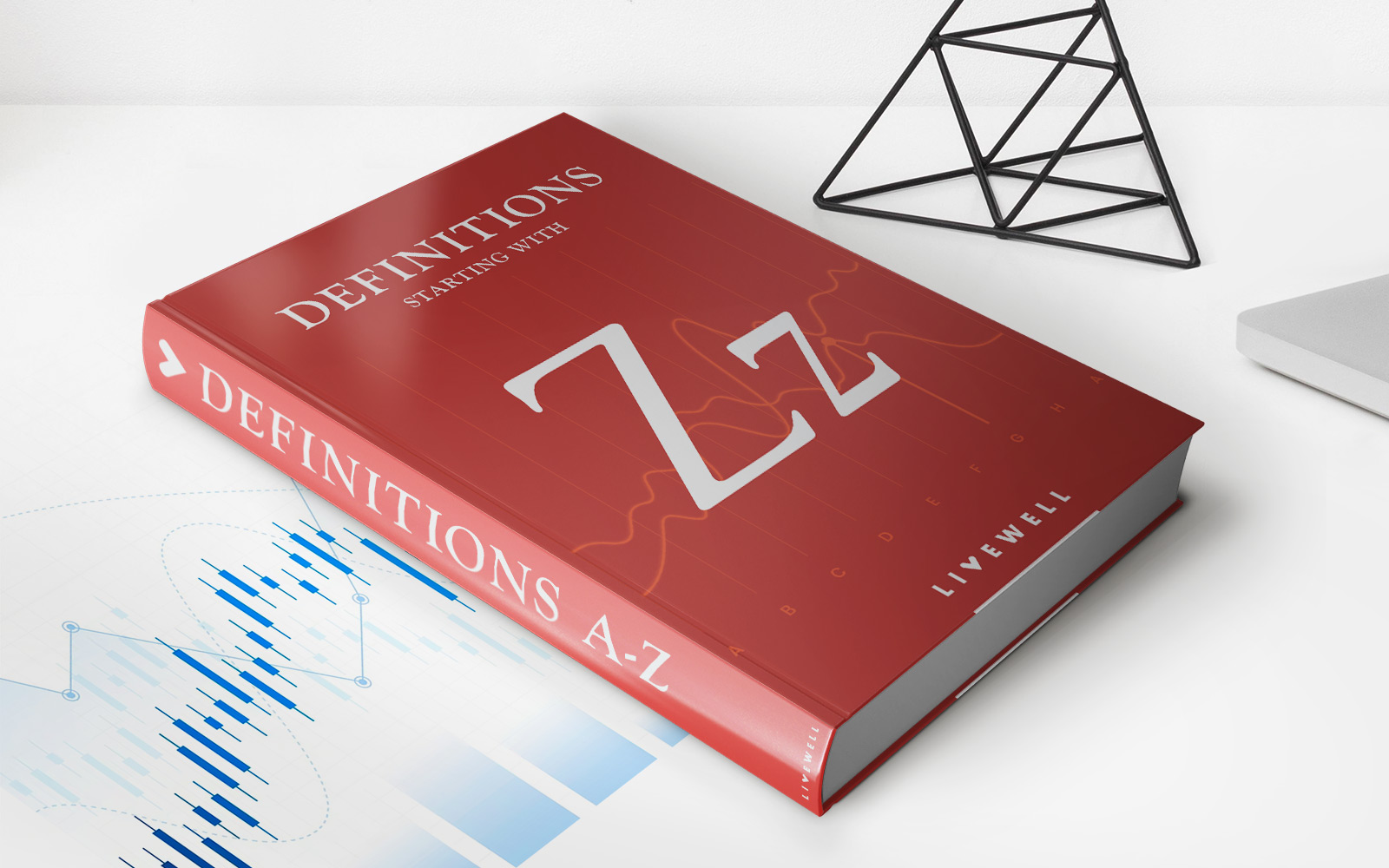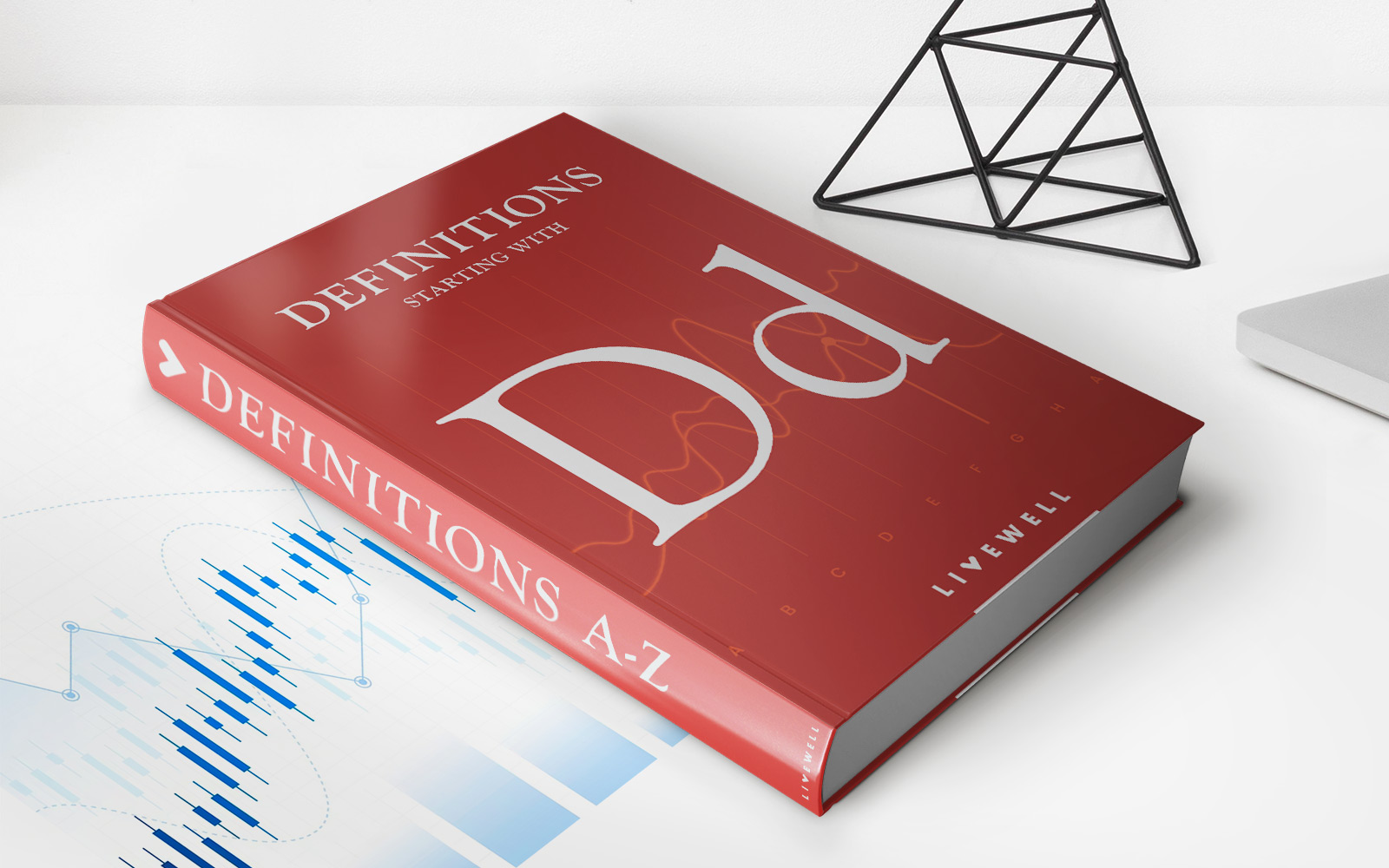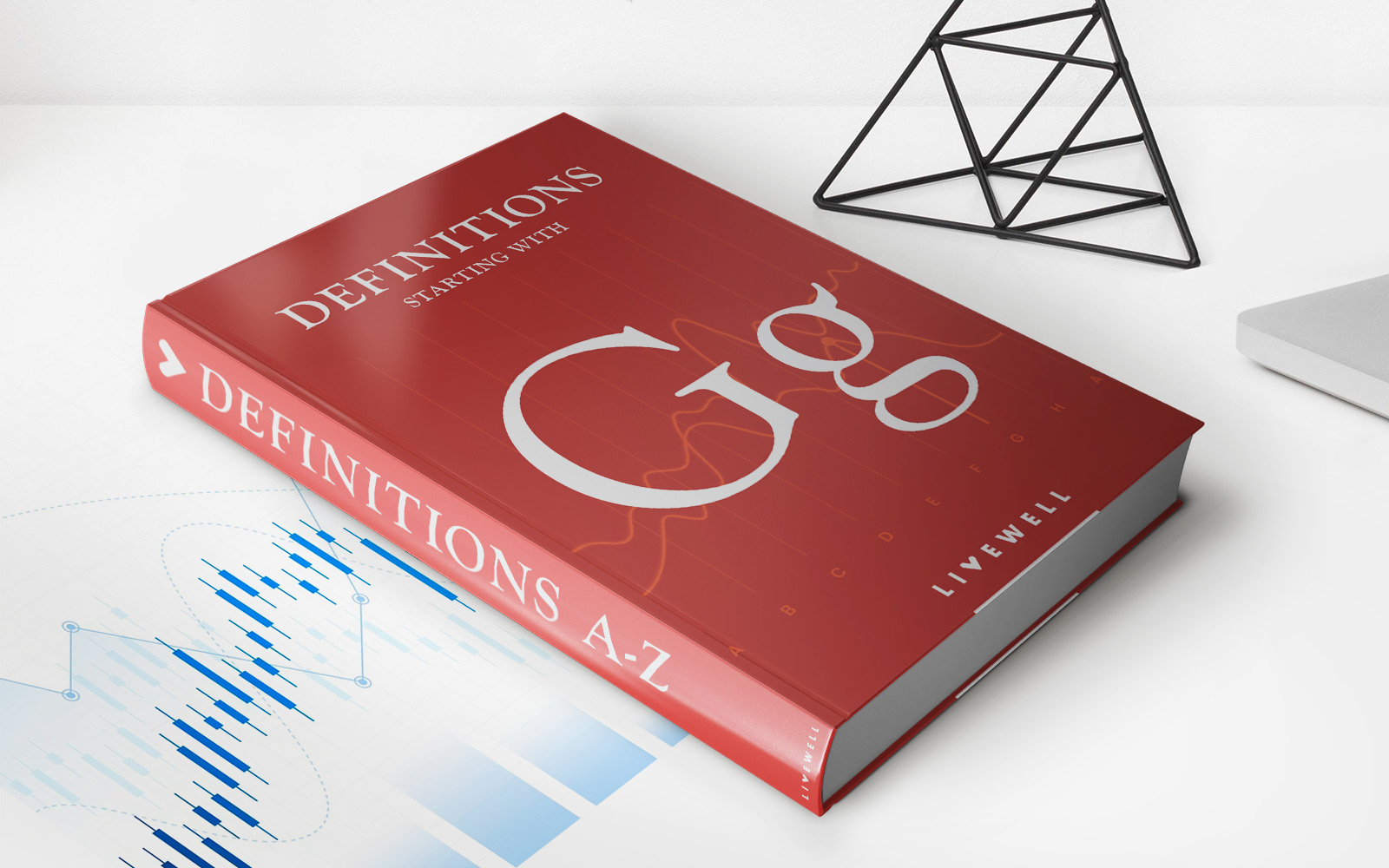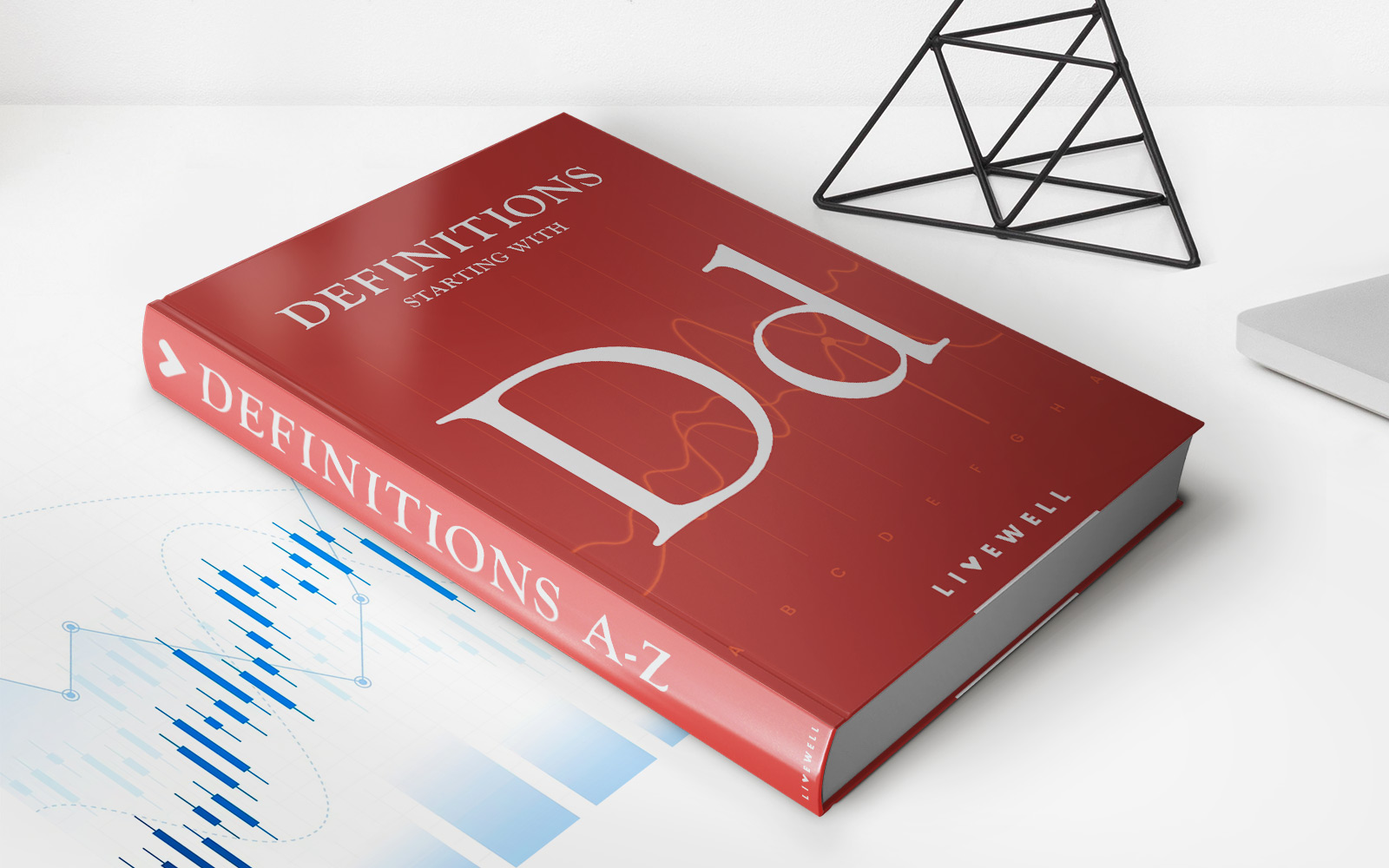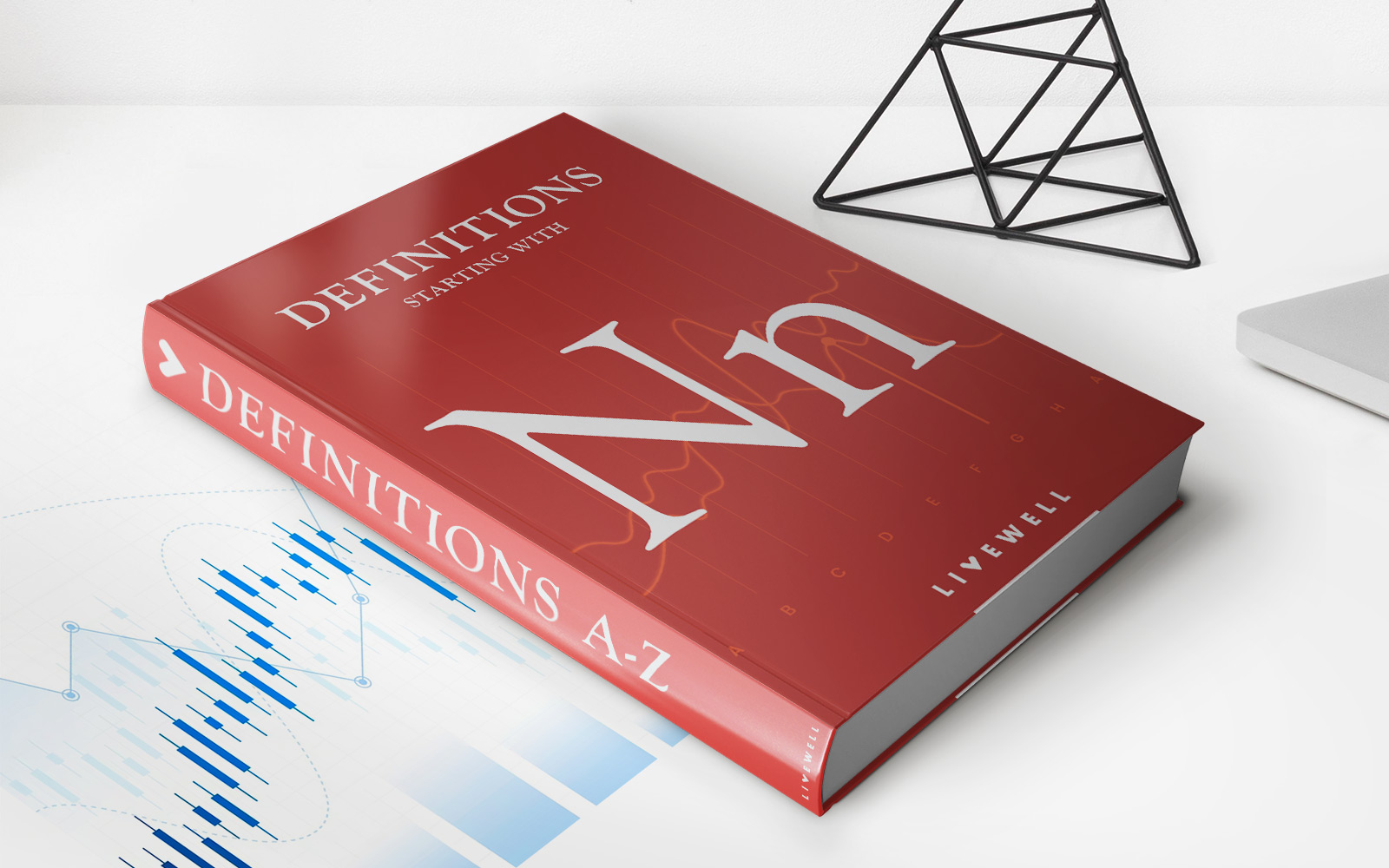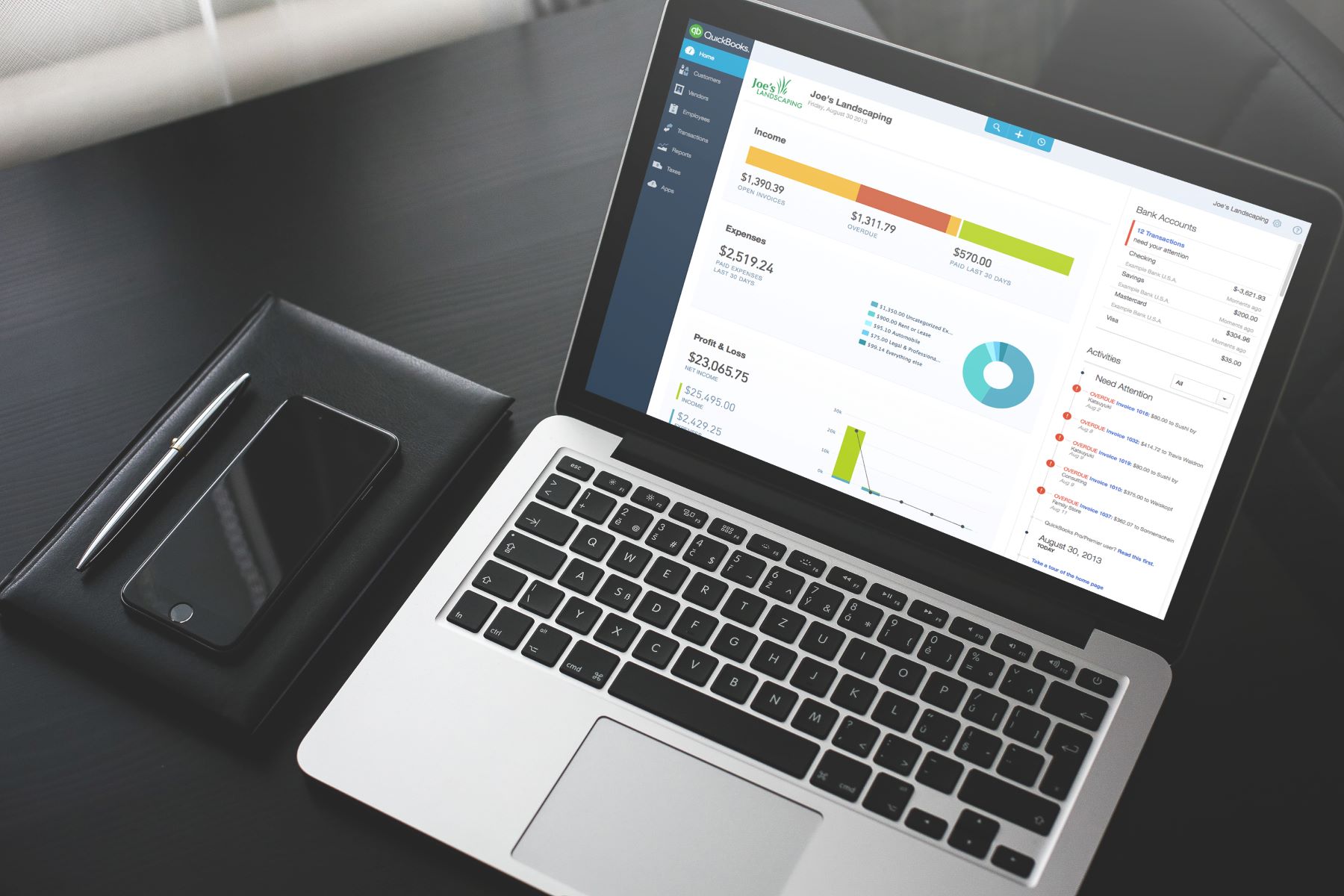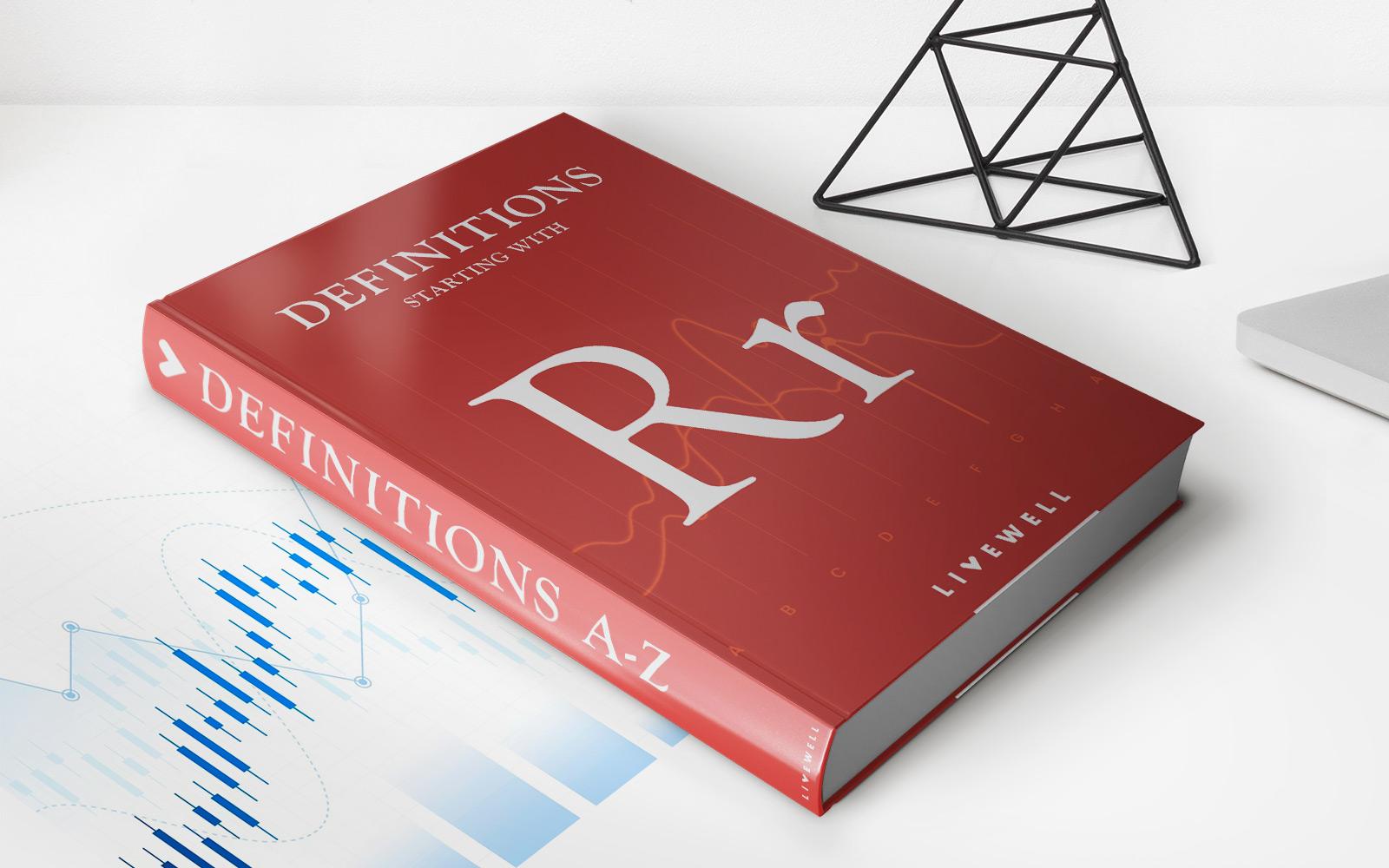Home>Finance>External Debt: Definition, Types, Vs. Internal Debt


Finance
External Debt: Definition, Types, Vs. Internal Debt
Published: November 21, 2023
Learn the differences between external and internal debt in finance, including definitions and types. Gain a deeper understanding of financial concepts with our comprehensive guide.
(Many of the links in this article redirect to a specific reviewed product. Your purchase of these products through affiliate links helps to generate commission for LiveWell, at no extra cost. Learn more)
Understanding External Debt: Definition, Types, and its Comparison with Internal Debt
Finance encompasses various aspects that directly impact individuals, businesses, and governments worldwide. From investments and savings to loans and debts, our financial landscape is complex and constantly evolving. In this blog post, we will explore the concept of external debt, its definition, types, and compare it to internal debt. Whether you are a finance enthusiast, a student, or a policy-maker, this article will provide you with a comprehensive understanding of this crucial element of global finance.
Key Takeaways:
- External debt refers to the amount that a government, business entity, or individual owes to foreign lenders or creditors.
- Different types of external debt include public debt, private debt, and multilateral debt.
What is External Debt?
External debt, as the name suggests, refers to the financial obligations that a country, organization, or individual owes to foreign lenders or creditors. It is the accumulated sum of money borrowed from external sources, which can include commercial banks, foreign governments, or international financial institutions like the World Bank.
Now, let’s delve deeper into the types of external debt:
Types of External Debt:
- Public Debt: Public debt, also known as sovereign debt, is the amount that a national government owes to foreign entities. It typically includes funds borrowed by the government for public infrastructure projects, social welfare programs, or financing budget deficits. Public debt is a common component of a country’s overall external debt.
- Private Debt: Private debt refers to the obligations of privately-owned businesses or individuals to external creditors. This type of debt can include loans taken by companies to expand their operations or individuals borrowing money to finance personal expenses like education or housing.
- Multilateral Debt: Multilateral debt is the money borrowed by a country from international financial institutions such as the International Monetary Fund (IMF) or regional development banks. These loans are often provided for specific purposes like promoting economic development, poverty reduction, or infrastructure projects.
While external debt plays a crucial role in the growth and development of nations, it is important to differentiate it from another significant financial concept: internal debt.
External Debt vs. Internal Debt:
External and internal debts are distinct in terms of their scope and economic implications. Let’s understand the differences between these two types of debt:
- Scope: External debt relates to the money borrowed from foreign entities, whereas internal debt refers to the money borrowed within a nation, often from its own citizens or domestic financial institutions.
- Implications: External debt has a broader impact on the economy as it directly affects a country’s balance of payments, currency exchange rates, and overall creditworthiness in the international market. Internal debt, on the other hand, has more localized effects on domestic interest rates and public financing.
While both external and internal debts might be necessary for growth and development, maintaining a balance between these two is crucial to ensure financial stability and sustainable economic progress.
Conclusion:
External debt is a vital component of the global financial landscape. Governments, businesses, and individuals often rely on external borrowing to finance various projects, stimulate economic growth, or meet personal needs. Understanding the types and implications of external debt is essential for policymakers, lenders, borrowers, and anyone interested in finance. As you navigate through the intricate world of finance, remember to consider the role of external debt and its impact on economies around the world.
